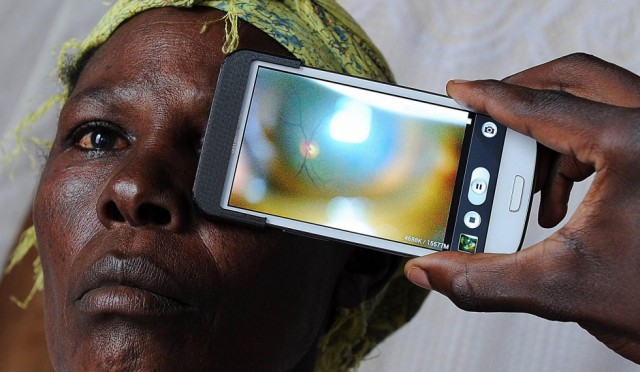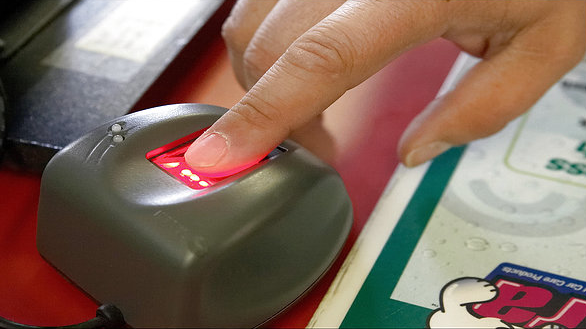Biometrics has been in the news a lot recently, particularly with the introduction of biometrics sensors on laptops and on mobile devices such as Apple’s latest iPhone. The potential of biometrics is enormous – it has applications in everything from enterprise security through to inexpensive eye care diagnostics for Third World countries. However, sometimes it is difficult to separate the reality from the hype – does biometrics really deliver results?

Different types of biometric technologies have actually been in use in private industry since the 1970s. For the most part, this has consisted of fingerprint scanning, particularly to limit access to secure locations, as well as to control network access for mobile employees. It has also been used in a number of other related enterprise applications – for example, Advance Systems produces workforce management software that uses biometrics to authenticate employees when they are clocking in and out of work, or when they are accessing work schedules. Fingerprint scanning is relatively mature, but it does not offer watertight security – it can be hacked using fingerprint facsimiles, and therefore is not suitable for applications where security is absolutely critical.
Biometrics is also used widely in government applications. For example, Malaysia uses fingerprint scanning to link people to their national identity cards. Similarly, the Australian government is currently evaluating facial recognition technology for passport control. Iris scanning is in use at a number of European airports – including Schiphol in Amsterdam – as part of fast-track boarding programs. Various different biometric techniques are also deployed in a number of nations to limit access to government facilities.
However, the success of some of the newer biometric techniques has been variable at best. For example, face recognition technology is used to good effect by casinos to identify patrons who are likely to commit fraud. In fact, biometric data is shared between casinos around the world – so that once someone is ejected from one casino, they are denied access everywhere. On the other hand, the same type of face recognition technology was trialed recently at Boston’s Logan Airport, where it only managed to identify people 38% of the time – clearly, this is unacceptable when the goal is the reliable detection of terrorists rather than fraudsters.
Another key issue with biometric systems is privacy. While this is less of an issue in companies, where employees are used to having to identify themselves, it has proven a significant barrier to mass-market adoption. In the United States in particular, the physical invasiveness of biometrics – combined with a strong focus on civil liberties and private data protection – has inhibited uptake significantly. While the 2001 Patriot Act did give impetus to biometric technologies, lingering concerns about privacy and concerns about reliability continue to raise questions about the technology.

Personal and medical information is extremely vital and should be protected at whatever cost. By earning an online bachelors in cyber security, you can help be that protector of highly sensitive information. If you would like to learn more about how you can make a difference by protecting the vital information of yourself and others in cyberspace consider an online bachelors in cyber security.
The other problem with biometrics is that it can be expensive to implement. While a simple fingerprint scanner is relatively inexpensive, when different biometric techniques are combined to increase reliability, costs often escalate. There is also the issue of collecting biometric data – this also can be expensive, particularly outside of a corporate setting.

Leave a Reply